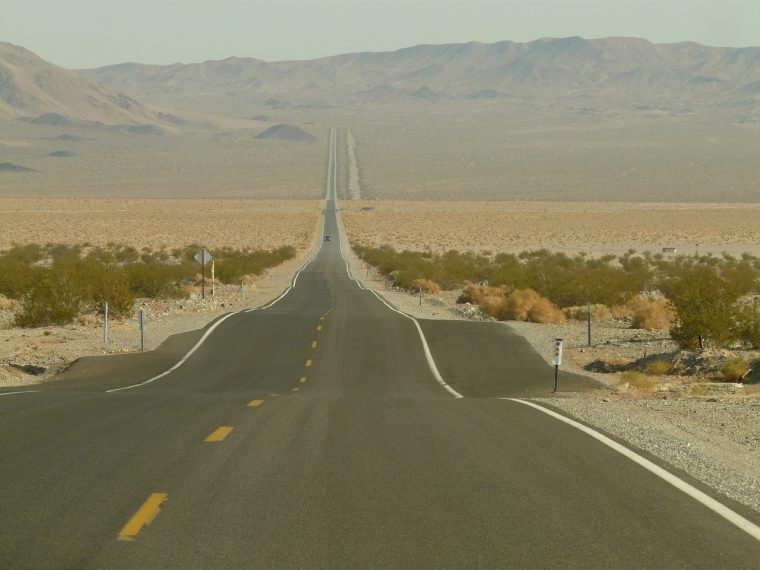Photo: LoggaWiggler
Extreme temperatures are currently sweeping the nation, as they often do in summer. Things got so steamy last week on a section of I-77 in eastern Ohio that the pavement buckled, closing that portion of the road. To be fair, the heat index was in the upper 90s with a heat index well over 100 degrees, which is enough to make anyone want to just give up. But what did the heat trigger in the road surface to create such a dramatic reaction?
Something New To Conquer The Road: Check out the 2019 Nissan Altima
If you need further proof that it’s been hot, take a look at this picture! It shows the road buckling due to heat in southeastern Ohio. https://t.co/Z6tuhUtAF9
— WTVG 13abc (@13abc) July 6, 2018
According to the La Crosse Tribune and the Wisconsin Department of Transportation, the simple answer is that heat causes things to expand, and that causes buckles. Hot road conditions make slabs of concrete expand beyond the joints left between them and push against each other. If the heat persists, the sections will continue to apply pressure until the joint or a weak spot in the slab gives way and buckles.
Essentially, buckles are summer’s counterpart to winter’s potholes. Both phenomena can blame temperatures causing something to expand, but in the case of potholes it’s water expanding as it freezes within the road and breaking it apart at weak spots.
More Affordable: Learn more about the advantages of buying a used car
In the case of the buckled roadway in the Buckeye State, the Ohio Department of Transportation Southeastern Ohio District 10 reported on Independence Day that the road was swiftly repaired to allow traffic to resume between Macksburg and Caldwell. Hopefully these summer temperatures will calm down soon to not only allow us to be more comfortable outdoors but to also keep any vehicles from being damaged by huge breaks in the road.
News Sources: WHIO and La Crosse Tribune










